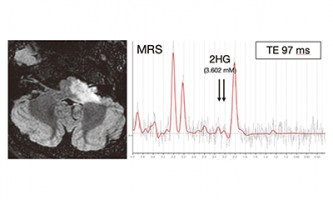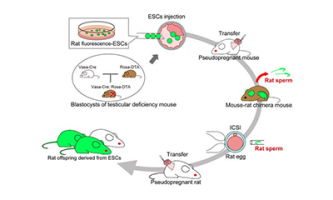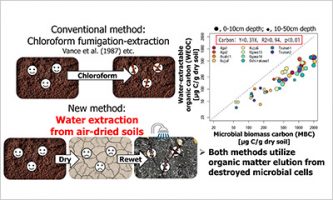The Liver–Gut Peripheral Neural Axis and Nonalcoholic Fatty Liver Disease (NAFLD) Pathologies via Hepatic Serotonin Receptor and its Application to New Treatments
Jul 14 2022
The number of patients with nonalcoholic fatty liver disease (NAFLD) is increasing worldwide. Various factors including obesity, diabetes, abnormal hormone secretion and genetic predisposition are related to it etiology, therefore, it is essential to elucidate the pathological conditions and develop effective treatment methods. The research group led by Professor KAMIMURA Kenya (Department of General Medicine, Niigata University School of Medicine/Division of Gastroenterology and Hepatology, Graduate School of Medical and Dental Sciences, Niigata University), OWAKI Takashi (graduate student) and Professor TERAI Shuji in the same division elucidated that the serotonin1 receptors2 in the liver are involved in the pathological progression of NAFLD and that administering the receptor antagonist3 can be an effective new treatment method.
Research Results
- The exact etiology of NAFLD is unclear and there is no definitive treatment.
- So far, we have determined that the autonomic pathway4 that connects the liver, brain and intestine is involved in the onset and progression of NAFLD.
- We have discovered that serotonin secreted from the small intestine by that pathway reaches the liver through the blood flow and is involved in the pathological condition of NAFLD in the liver via the serotonin receptors in the hepatocytes.
- Administration of the hepatic serotonin receptor antagonist to NAFLD model mice showed a therapeutic effect on NAFLD.
Glossary
- Serotonin
A hormone produced mainly by chromaffin cells in the small intestine. Ninety percent of the serotonin exists in the gastrointestinal mucosa, regulating intestinal peristalsis, blood coagulation and vasoconstriction. Serotonin in the brain is involved in biological rhythms and sleep. Recently, it was reported to affect the intestinal barrier and promote liver regeneration in the event of liver damage. - Receptors
Exist on the surface or inside of a cell, receiving stimuli such as hormones and neurotransmitters from the outside world, linking each receptor to the reaction of the cell as information. - Receptor antagonist
Binds to receptors, but unlike biological substances, does not cause biological reactions. By binding, it inhibits the binding of biological substances that should originally bind, inhibiting the biological response. - Autonomic pathway
A peripheral neural pathway consisting of two nervous systems, the sympathetic nervous and the parasympathetic nervous systems. Consists of two pathways: the efferent pathway that regulates the internal organs and the afferent pathway that conveys information from the internal organs to the central nervous system.
Publication Details
Journal: Disease Models & Mechanisms
Title: The liver–gut peripheral neural axis and nonalcoholic fatty liver disease pathologies via hepatic serotonin receptor 2A
Authors: Takashi Owaki, Kenya Kamimura, Masayoshi Ko, Itsuo Nagayama, Takuro Nagoya, Osamu Shibata, Chiyumi Oda, Shinichi Morita, Atsushi Kimura, Takeki Sato, Toru Setsu, Akira Sakamaki, Hiroteru Kamimura, Takeshi Yokoo, and Shuji Terai
DOI: 10.1242/dmm.049612
News release
The article was released in EurekAlert, the online publication of the American Association for the Advancement of Science.
More News
-
 Jul 17 2025 Research results
Jul 17 2025 Research resultsTemozolomide and radiation treatment lead to dramatic tumor shrinkage and improvement of hearing in an adult brainstem glioma patient with a rare IDH2 mutation
-
 Jul 07 2025 Research results
Jul 07 2025 Research resultsFertilizable rat sperm produced in a mouse body by blastocyst complementation
-
 Jun 26 2025 Research results
Jun 26 2025 Research resultsEstimating Microbial Biomass from Air-Dried Soils: A Safer, Scalable Approach ーRevolutionary Technique Estimates Soil Microbial Biomass Using Water-Extractable Organic Matterー
